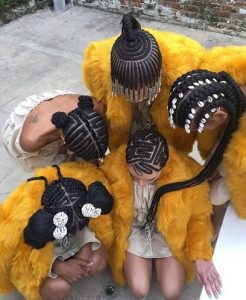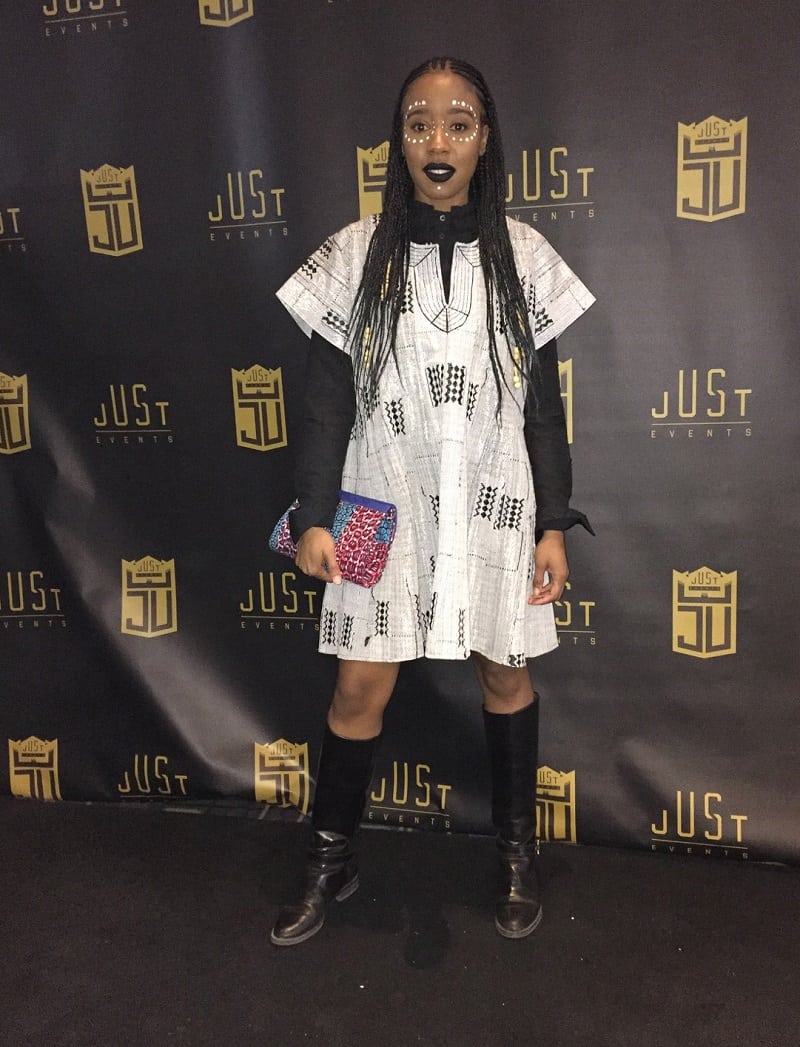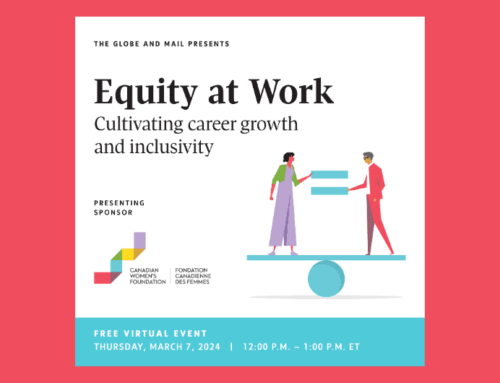This post was originally published on www.carlyfriesen.com
Simone Wright is a dancer, fashion inspiration, business woman, and activist bringing attention to Black histories, Black hair, and Black identity in Canada.
In 2017, Simone created Parting The Roots, a photo project that shared archival photos of Black hair along with photos of herself, her family, and her friends. With each photo she discussed the history, politics, significance, and art behind Black hair. She used the project as an opportunity to start the education process and dispel ongoing myths about Black hair. She also used her platform to validate and celebrate the beauty of Black hair.
I spoke with Simone to learn more about her project and why it was important for her to create space for Black hair history and celebration.
What was the inspiration behind the project?
Hair has always been something that’s been important to me – even from the time I was a little girl, my hair has been a big part of my life. However, the main reason I started this project was actually because of something that happened at work. It was a negative situation that I wanted to spin into something more positive, and that turned into Parting the Roots.
I was part of workplace diversity training, and the facilitator was talking about how to bring your whole self to work. She was speaking about how many individuals hide parts of themselves or “cover” parts of themselves to fit in at work. The facilitator mentioned that one of the ways people do that is by changing their appearance. The example she gave was a Black woman straightening her hair to “hide” her real appearance. However, she didn’t provide any context – I understood where she was trying to go, but she didn’t explain this to the broader group. So for my non-Black coworkers, if they saw me coming into work with straight hair one day, they would now be thinking “Oh, Simone is trying to hide her identity.” They had just been told this by a diversity and inclusion specialist.

“Not Just Hair” Photo: @crowezilla
She didn’t explain the history behind the way Black individuals – particularly women – were oppressed and forced to assimilate and straighten their hair. Some workplaces still have rules preventing women from wearing braids or other natural hair styles. She didn’t explain any of that..
After I heard that, I thought “No, I need to do something about this!” I wanted to put that energy towards something positive. In the end I came up with the idea of doing this project and sharing Parting the Roots online. I really wanted to educate people on the history and significance of Black hair and I wanted a space to celebrate it.
What were some of your favourite photos from the project?
The first post is actually one of my favourites. It talks about the history of Black hair. It talks about how in Africa different tribes would wear different hairstyles for many reasons. The different braids, the different styles – people don’t realize how much was communicated with this. It could indicate the position you held in your tribe, your marital status, your gender, and more. I was really glad I was able to share that history right away in that first post.

“Traditional Styles” Photo: Moya Teklu (Madote.com)
It also meant a lot to me that I could share pictures of my mom. I shared her first ever passport picture when she still lived in Jamaica. She had natural hair in that photo, but she actually hot combed it so that it would be straight. When I saw that photo I had to ask her why she straightened her hair. She said she just did it because it was more convenient for her to maintain. This photo really brought me full circle to the comments originally made by that facilitator. For me this photo gives life to that complex and nuanced relationship many Black people have with their hair.
What do you hope changes about Black hair in our culture, especially for Black women?
This is a very tough conversation, and one that I have with my own friends and family, because some of them still believe that wearing natural hair into the workplace isn’t professional. They think wearing your hair relaxed or in weaves is professional. But my question is: Professional to who?
So I hope for us to be strong and comfortable in our own skin. I understand that it might be intimidating to some people, but this is why I wanted to do this project – to educate people. And I wanted to educate both Black people and non-Black people. Everyone needs to know about this. I want us, especially within the workplace, to have that understanding that professionalism is you as a person, not what’s on top of your head.
Do you have any recommendations for people who want to learn more about this?
Yes! I highly recommend Hair Story: Untangling the Roots of Black Hair, by Ayana Byrd and Lori Tharps. I would also recommend seeking out a natural hair salon because they can advise you on moving to natural hair if that’s something you are looking to do.
You can view the complete collection of Parting the Roots photos here.
Learn More:
- When Discrimination is About More Than Gender
- What African (Black) History Month Means to Me
- Five Women Who Should Be Household Names In Canada
Take Action:
- Sign up for our e-newsletter to have our latest stories and resources sent to your inbox.
- Follow us on Facebook and Twitter to join a national conversation about gender equality.







